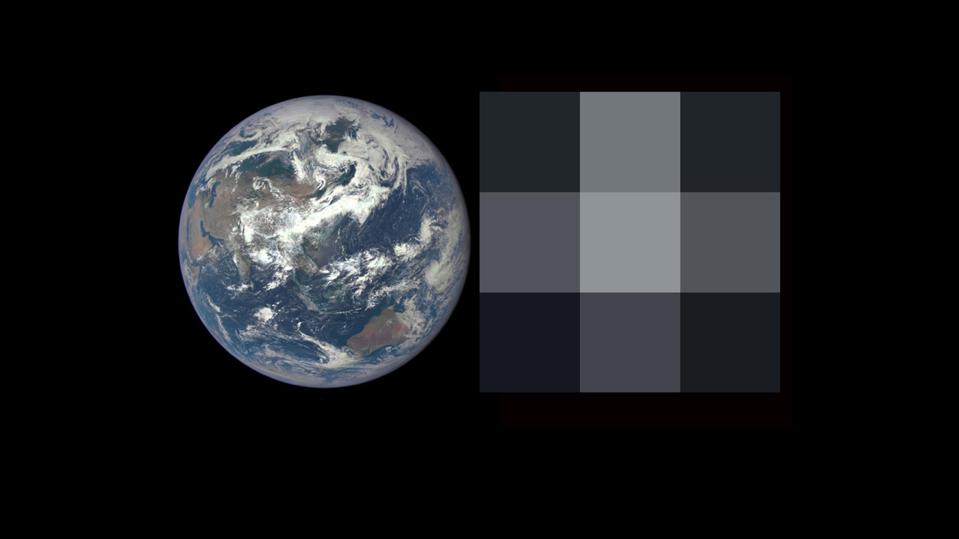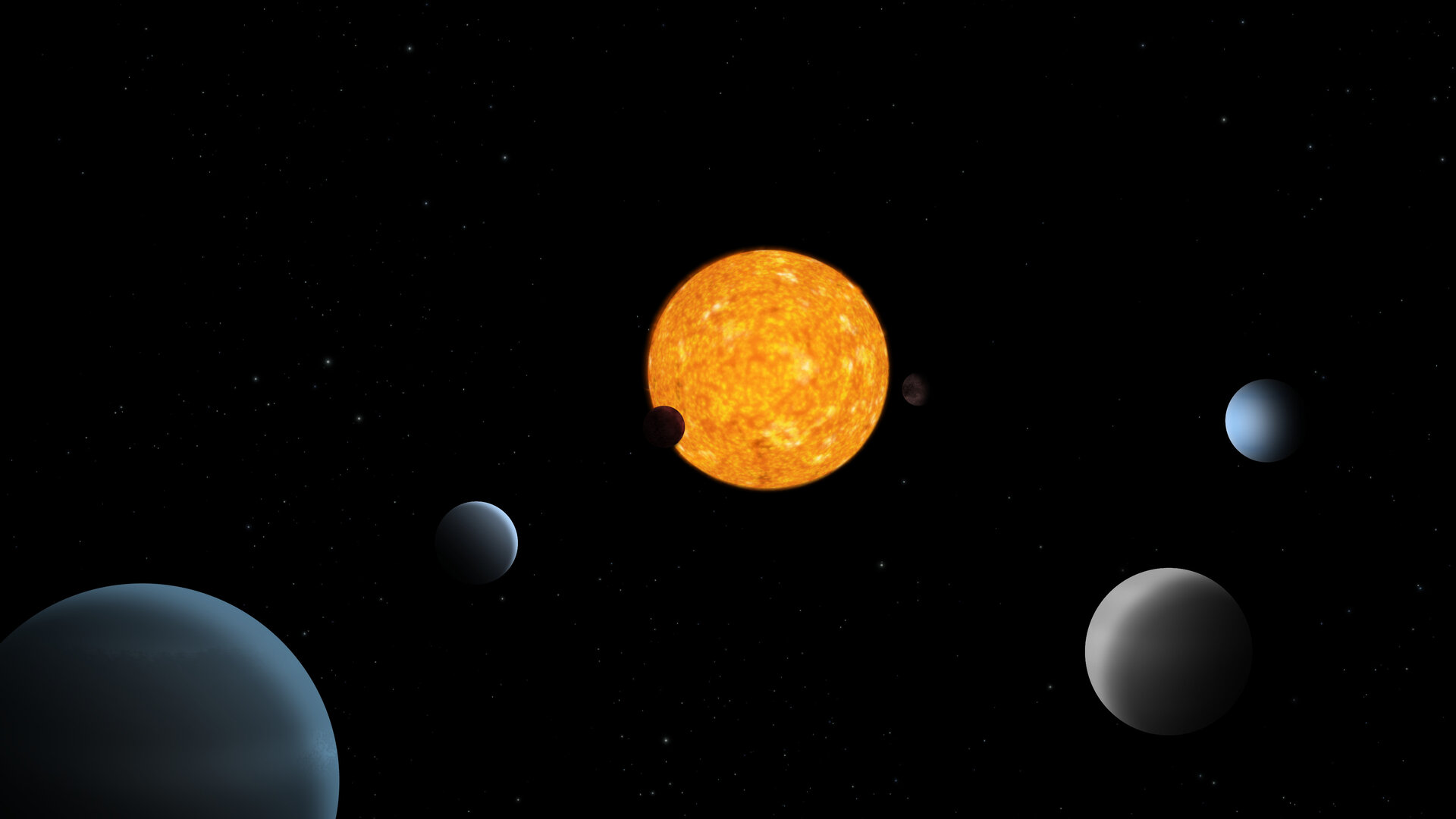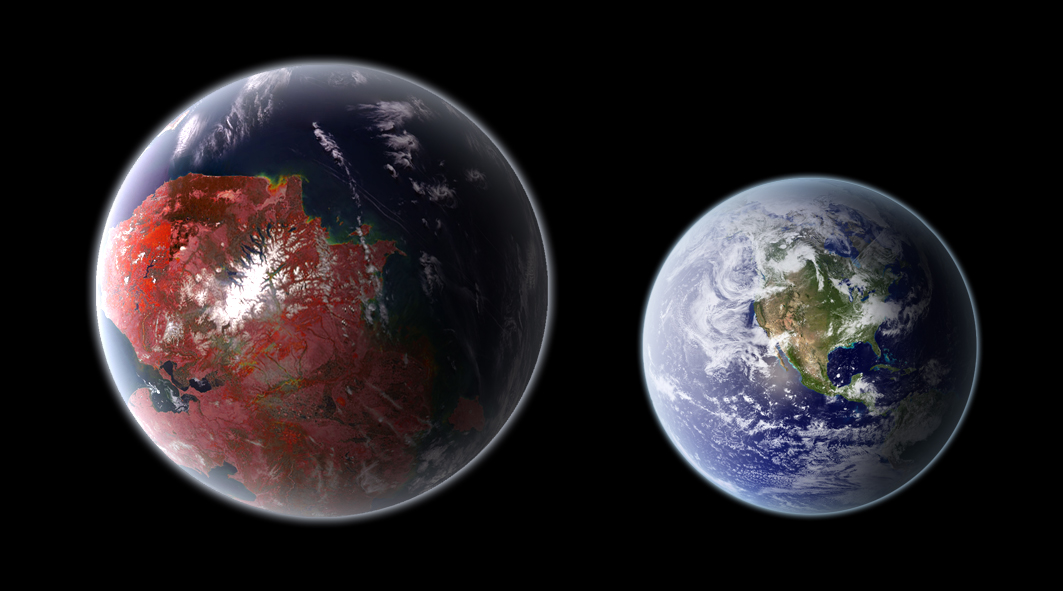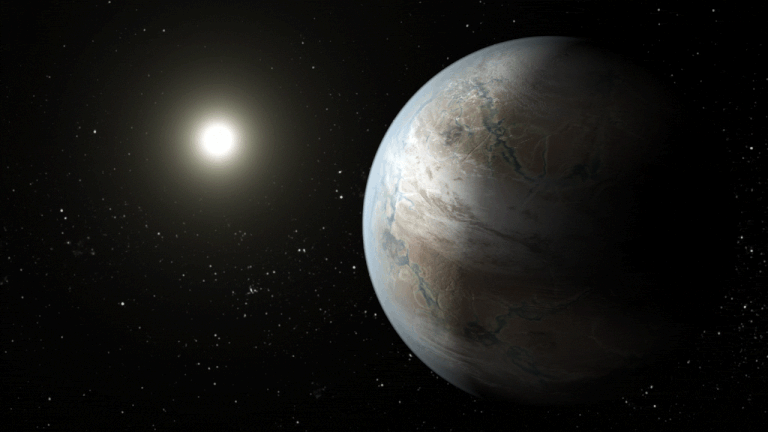How Exomoons Could Support Life

What’s the Latest Development?
Although they have yet to be identified, scientists believe that at least some of the more than 3,000 possible exoplanets currently discovered by NASA’s Kepler telescope have “exomoons” orbiting them. A series of recently published papers by scientists René Heller and Rory Barnes discuss the possible habitability of these satellites, which could be candidates for supporting life depending on their relationship with their home planet. Kepler “is expected to be able to detect exomoons down to about 20 percent of the mass of the Earth” and future telescopes should be able to identify even more details.
What’s the Big Idea?
For exomoons, Heller and Barnes define a “habitable edge” that’s similar to the habitable zone in which water will remain liquid on a planet’s surface. Inside this edge, they say, a moon could experience a “runaway greenhouse effect” that would eventually cause the surface to dry out. Other factors affecting habitability include eccentric orbits as well as the amount of reflected sunlight the moon receives from its host planet, which would likely impact only one hemisphere — since most moons, including ours, show just one side to the planet — and periodically disappear during an eclipse, modifying a possible ecosystem in unusual ways.
Photo Credit: Shutterstock.com





